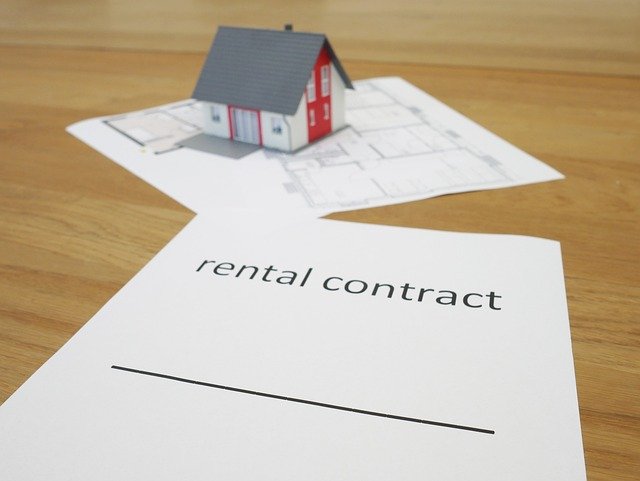Understanding Lease Agreement Structures in Rental Housing
This article offers an in-depth exploration of the various lease agreement structures commonly encountered by rental housing tenants. From fixed-term leases to month-to-month agreements, readers will gain a thorough understanding of their rights and obligations when entering into a rental contract.

What are the main types of lease agreement structures?
Lease agreement structures in rental housing typically fall into two main categories: fixed-term leases and month-to-month leases. Fixed-term leases provide a set duration for the rental period, often six months or one year, during which the terms of the lease remain unchanged. Month-to-month leases, on the other hand, offer more flexibility, automatically renewing each month unless either party provides notice to terminate.
How do fixed-term leases work in rental housing?
Fixed-term leases are the most common structure in rental housing. They provide stability for both landlords and tenants by establishing a set period during which the rental terms remain constant. This type of lease typically outlines specific start and end dates, rent amount, and any other conditions agreed upon by both parties. During the lease term, neither the landlord nor the tenant can change the terms without mutual consent, offering a sense of security and predictability.
What are the benefits and drawbacks of month-to-month leases?
Month-to-month leases offer greater flexibility compared to fixed-term agreements. This structure allows either party to terminate the lease with proper notice, typically 30 days. For tenants, this can be advantageous if they need to relocate quickly or are unsure about their long-term housing needs. Landlords may benefit from the ability to adjust rent or terms more frequently. However, this flexibility comes at the cost of stability, as either party can end the agreement with relatively short notice.
What tenant rights and obligations are typically included in lease agreements?
Lease agreements outline specific rights and obligations for both tenants and landlords. Common tenant rights include the right to a habitable living space, privacy, and proper notice before landlord entry. Obligations often include timely rent payment, maintaining the property in good condition, and adhering to noise and occupancy limits. Landlords are typically obligated to maintain the property, make necessary repairs, and respect the tenant’s right to quiet enjoyment of the premises.
How do rental housing leases address rent increases and renewals?
Rent increases and renewal terms are crucial aspects of rental housing leases. In fixed-term leases, rent typically remains constant for the duration of the agreement. Any increases usually occur at renewal time and must be communicated in advance as specified by local laws. Month-to-month leases may allow for more frequent rent adjustments, but landlords must still provide proper notice. Renewal terms vary; some leases automatically convert to month-to-month after the initial term, while others require explicit renewal agreements.
What are some common clauses found in rental housing lease agreements?
Rental housing lease agreements often include several standard clauses to protect both parties’ interests. These may include:
-
Security deposit terms and conditions
-
Maintenance and repair responsibilities
-
Pet policies and associated fees
-
Subletting and guest policies
-
Utilities and bill payment arrangements
-
Early termination clauses and associated penalties
-
Property inspection and entry notice requirements
-
Rules regarding alterations or improvements to the property
Understanding these clauses is crucial for both landlords and tenants to ensure a clear and mutually beneficial rental arrangement. It’s important to carefully review all terms before signing a lease agreement to avoid misunderstandings or potential conflicts during the tenancy.
In conclusion, lease agreement structures in rental housing play a vital role in defining the landlord-tenant relationship. Whether opting for the stability of a fixed-term lease or the flexibility of a month-to-month arrangement, understanding the nuances of these structures is essential for both parties. By familiarizing themselves with tenant rights and obligations, rent increase policies, and common lease clauses, individuals can make informed decisions and ensure a smoother rental experience.




